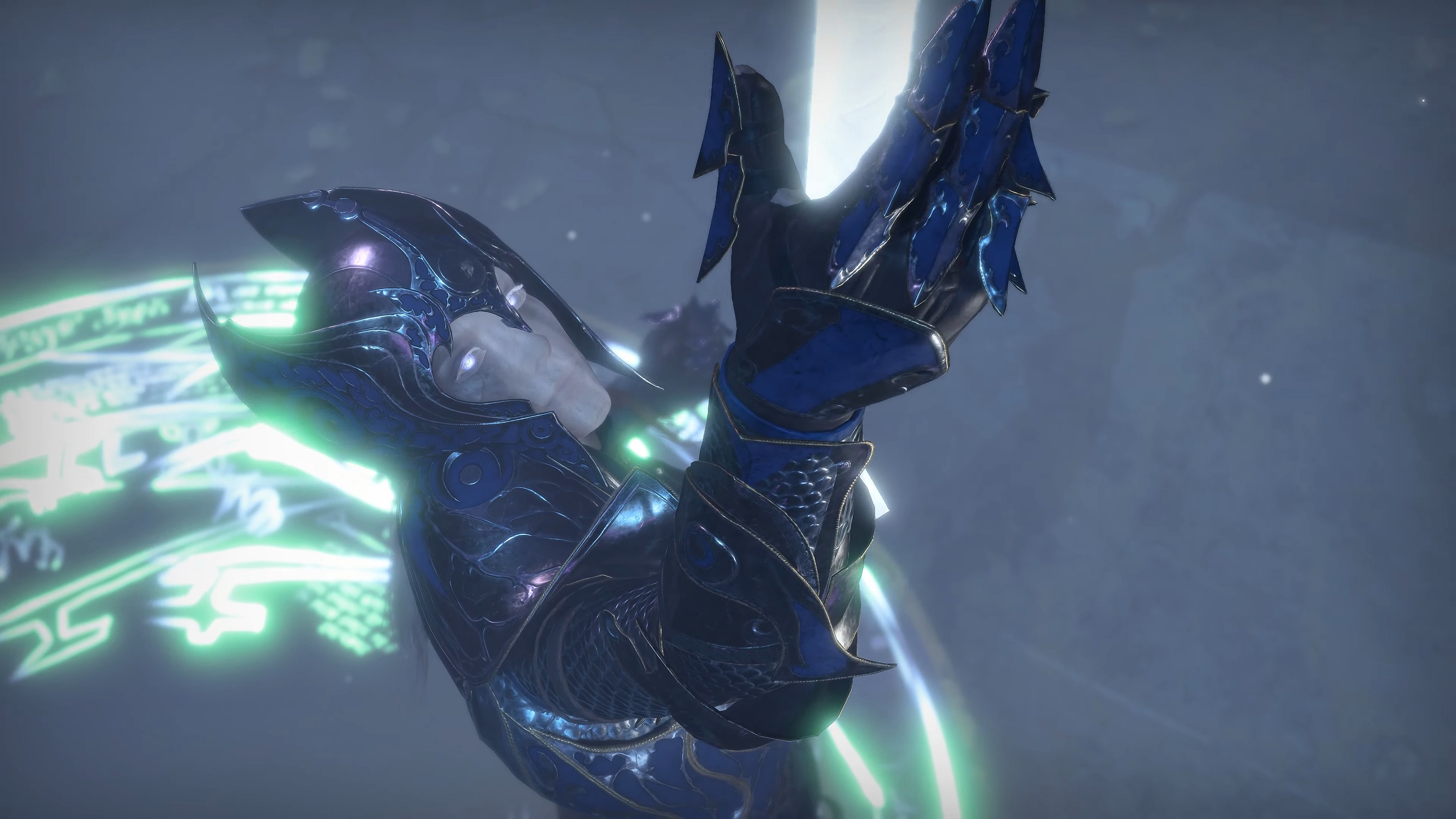‘Elder Scrolls 6’ Unlikely To Adopt Complex RPG Elements Despite Success Of ‘Baldur’s Gate 3’, Says ‘Skyrim’ Lead Designer

Following the recent success of Baldur’s Gate 3, there’s been a noticeable revival of interest in the complex, tabletop RPG styles of the years past, with a growing number of players hoping that such old-school number crunching mechanics may soon come back into vogue.
Sadly for fans of The Elder Scrolls, in the opinion of Skyrim lead Bruce Nesmith, such mechanics are unlike to be included in the series’ upcoming sixth entry.

In an interview with VideoGamer, Nesmith explained that The Elder Scrolls 6 was unlikely to follow in Baldur’s Gate 3‘s footsteps because Bethesda has slowly but surely been trying to veer their series away from such intricate mechanics.

As recalled by the designer, in its early days, the franchise drew heavily from Dungeons & Dragons, relying on complex systems, dice rolls, and detailed character sheets to facilitate its gameplay. But with Skyrim, in light of the ‘game culture’ at the time was beginning to move away from rigid tabletop mechanics, Bethesda sought to provide players with a more casual and accessible experience that focused more on world reactivity and player immersion rather overwhelming and complex character-building systems.
“In the days of [The Elder Scrolls II:] Daggerfall, everybody was trying to replicate the tabletop experience, which means that you were rules heavy,” he said. “Your character description was large and, I would argue unwieldy, and as time moved forward, that was less and less of interest to the audience. [The Skyrim team] didn’t want to have outrageously complex character sheets, and I was actually one who aggressively pushed for streamlining.”

And while Baldur’s Gate 3 received widespread praise for bringing back many of the traditional RPG elements that were once so prevalent in games, Nesmith sees its success as an “exception” rather than a harbinger of widespread change.
“When you look at something like Baldur’s Gate 3, I think that’s a very different animal,” he told the outlet. “They had a very specific charge. They were taking Dungeons & Dragons 5th edition and putting it onto a computer game. So it was intentionally looking backwards, intentionally seeing the old tabletop presentation with the die rolls and all of that. It was, you know, reflecting back to the good old days from the point of view of the people who used to play those kinds of old playing games back then or did now to give them that joy buzzer. So I think Baldur’s Gate 3 is actually an exception to that.”

RELATED OPINION: After ‘Starfield’ Was A Disappointing Disgrace, I Don’t Trust Bethesda With ‘Elder Scrolls VI’
Given this very specific ‘simplified’ direction for The Elder Scrolls series, although he left the studio in 2021 and is unaware of their current direction, Nesmith believes it’s unlikely that Bethesda will suddenly change course and attempt to follow Baldur’s Gate 3‘s lead.
“I don’t think [Baldur’s Gate 3’s success] presages a complete change over back to more numbers and more fiddly character sheets,” he explained. “Whether or not the rest of the industry will follow suit, I don’t know. I’m not smart enough to say that, But I think that through Skyrim, Bethesda has wanted to have the game get out of its own way.”
“You see that everywhere in Skyrim,” Nesmith added. “Todd [Howard] is a big proponent of the interface vanishing if you’re not doing something that needs it to be visible. So all you see is the world. That’s it. You just see the world.”

Thankfully, whether they prefer the streamlined mechanics of The Elder Scrolls or the deep complexities of Baldur’s Gate 3, this divergence in developments approaches allows for RPG enthusiasts to enjoy an array of different gameplay experiences.
At current, The Elder Scrolls 6 has yet to receive an official release date.
